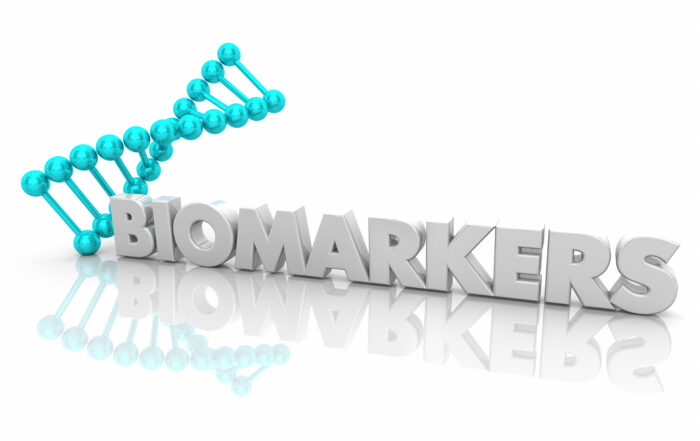 In this editorial, I would like to shed light on two methods for improving the speech production of individuals on the autism spectrum, discuss potential neurological factors that may underlie their effectiveness, and encourage the autism community to re-evaluate them. The first method, commonly known as “simultaneous communication,” combines the teaching of sign language with verbal speech. The second strategy focuses on prompting spontaneous speech through vestibular stimulation using a therapeutic platform swing. Occasionally discussed by therapists but now less popular, these approaches could present fresh opportunities to enhance speech and overall communication abilities in many autistic individuals, warranting further research.
In this editorial, I would like to shed light on two methods for improving the speech production of individuals on the autism spectrum, discuss potential neurological factors that may underlie their effectiveness, and encourage the autism community to re-evaluate them. The first method, commonly known as “simultaneous communication,” combines the teaching of sign language with verbal speech. The second strategy focuses on prompting spontaneous speech through vestibular stimulation using a therapeutic platform swing. Occasionally discussed by therapists but now less popular, these approaches could present fresh opportunities to enhance speech and overall communication abilities in many autistic individuals, warranting further research.

Background: Speech Issues in ASD
A significant proportion of individuals with autism either are non-verbal or have limited verbal skills, with estimates ranging between 25 and 30 percent (1). In the past, these individuals were frequently labeled with “elective mutism,” implying a deliberate decision not to speak, especially when observed speaking intermittently in high-stress situations (2,3). This perspective is rooted in early theories on autism, suggesting that parental neglect or emotional trauma causes the condition, leading children to refrain from communicating with their parents (2).
Today, there is general consensus that the speech production difficulties of autistic individuals are not a matter of choice but are based on physiological factors. Neurological research, including studies on neural activity and post-mortem tissue, indicates that several brain regions could be responsible for these issues, such as Broca’s and Wernicke’s areas (4,5), among other regions. The variability in impairment across these regions in different individuals could account for the diverse language challenges observed in autism. In addition, sensory overload in one or more senses can inhibit speech, as an individual becomes overwhelmed with discomfort or pain, either externally or internally, instead of communicating with others.
Neural plasticity is the brain’s ability to change and adapt based on experience (6). This includes the ability to learn new skills, such as speech (7). This inherent flexibility of the brain could pave the way for effective therapeutic interventions. Such interventions may leverage movement experiences, suggesting that these activities might stimulate or even activate certain neural pathways.
Simultaneous Communication and Speech
Simultaneous communication, also known as “signed speech” and “total communication,” has received a respectable amount of attention from behavioral researchers (8-10). This teaching method involves using hand movement or gestures, including American Sign Language and Signing Exact English, in conjunction with traditional speech therapy—for instance, signing the word “drink” while simultaneously saying the word out loud.
Simultaneous communication was once popular among behavioral researchers and therapists. Initial studies highlighted its advantages, especially for those capable of imitating verbal sounds, compared to speech therapy alone. During my three years working with Dr. Ivar Lovaas at UCLA’s Young Autism Project in the late 1970s, I discussed with him the value of combining sign language and speech. He stated that the research clearly showed that it was helpful in many cases, but a number of therapists and parents were reluctant to adopt this method, concerned it might inhibit the development of verbal speech.
A popular approach today is the Picture Exchange Communication System (PECS), an alternative augmentative communication method rooted in Applied Behavior Analysis. PECS involves teaching individuals to use pictures for conveying needs or intricate ideas, and in some cases, it has led to the development of speech (11).
There is some debate about whether teaching speech through sign language is more effective than using PECS. One study showed that training in sign language led to greater vocalizations compared to PECS training (12). Some advocates of PECS question the value of teaching sign language, pointing out that motor skill difficulties may hinder many autistic individuals from producing signs (13). Yet, considerable research suggests that many autistic individuals can use a form of sign language, even if it is rudimentary in nature (14).
From a neurological standpoint, sign language and speech production utilize overlapping brain structures. Both stimulate linguistic processing regions in the left hemisphere, including Broca’s and Wernicke’s areas, which are recognized to be affected in autism (4,5). However, engaging in sign language also involves visual and spatial processing areas (15-17).
Introducing music during simultaneous communication training sessions might enhance both sign language and speech production. In a study with 10 autistic children, every child showed better imitation when exposed to a musical setting compared to a rhythm-only scenario (18). Wan et al. propose that musical interventions could link brain regions associated with language processing to auditory areas, such as the arcuate fasciculus and the uncinate fasciculus (19).
Vestibular Stimulation and Speech
After many clinical observations of heightened vocalizations among clients, while undergoing sensory therapy on a platform swing at a renowned treatment center in Glendale, Arizona, therapists decided to record the verbal expressions of a minimally verbal nine-year-old autistic child (20). Five-minute recordings were made five minutes before, during, and five minutes after the child received vestibular stimulation on the platform swing each day for a span of four weeks. Analysis showed that the child, on average, vocalized 17.0 words during the swing sessions, in contrast to 2.0 words before and 1.3 words after the sessions.
In a similar study, investigators examined vestibular stimulation’s effects on preschoolers with developmental delays. They also reported enhanced spontaneous language immediately after stimulation sessions (21).
Vestibular stimulation has been linked to visuospatial skills, including spatial memory, mental rotation, and the mental visualization of three-dimensional space. All of these are important factors when learning sign language (22).
Moreover, heightened vocalization could stem from the stimulation of the posterior cerebellum, a region tied to vestibular activity (23). Studies have shown that this particular brain area is compromised in autism (24) and plays a role in language processing (25).
Conclusion
While simultaneous communication and vestibular stimulation require additional scientific investigation, both methods show promise. These approaches, once popular in autism therapy but now not as widely adopted, could unlock new avenues for enhancing speech production and overall communication abilities in many autistic individuals.
Stephen M. Edelson, Ph.D.
Executive Director, Autism Research Institute
References are available at www.ARRIReferences.org
This editorial originally appeared in Autism Research Review International, Vol. 33, No. 3, 2023
Editorial – Fecal Microbiota Transplantation and Autism
Over the past several years, Fecal Microbiota Transplantation (FMT) has become the subject of growing interest in the autism community due, at least in part, to the increased awareness of the gut-brain
ARI’s Latest Accomplishments
Connecting investigators, professionals, parents, and autistic people worldwide is essential for effective advocacy. Throughout 2023, we continued our work offering focus on education while funding and support research on genetics, neurology, co-occurring medical
Biomarkers start telling us a story: Autism pathophysiology revisited
Antonio Persico, MD, a recent ARI Research Grant recipient, explores the role of biomarkers in understanding autism pathophysiology. He discusses the complexity inherent to neurodevelopmental conditions and emphasizes the need to combine




